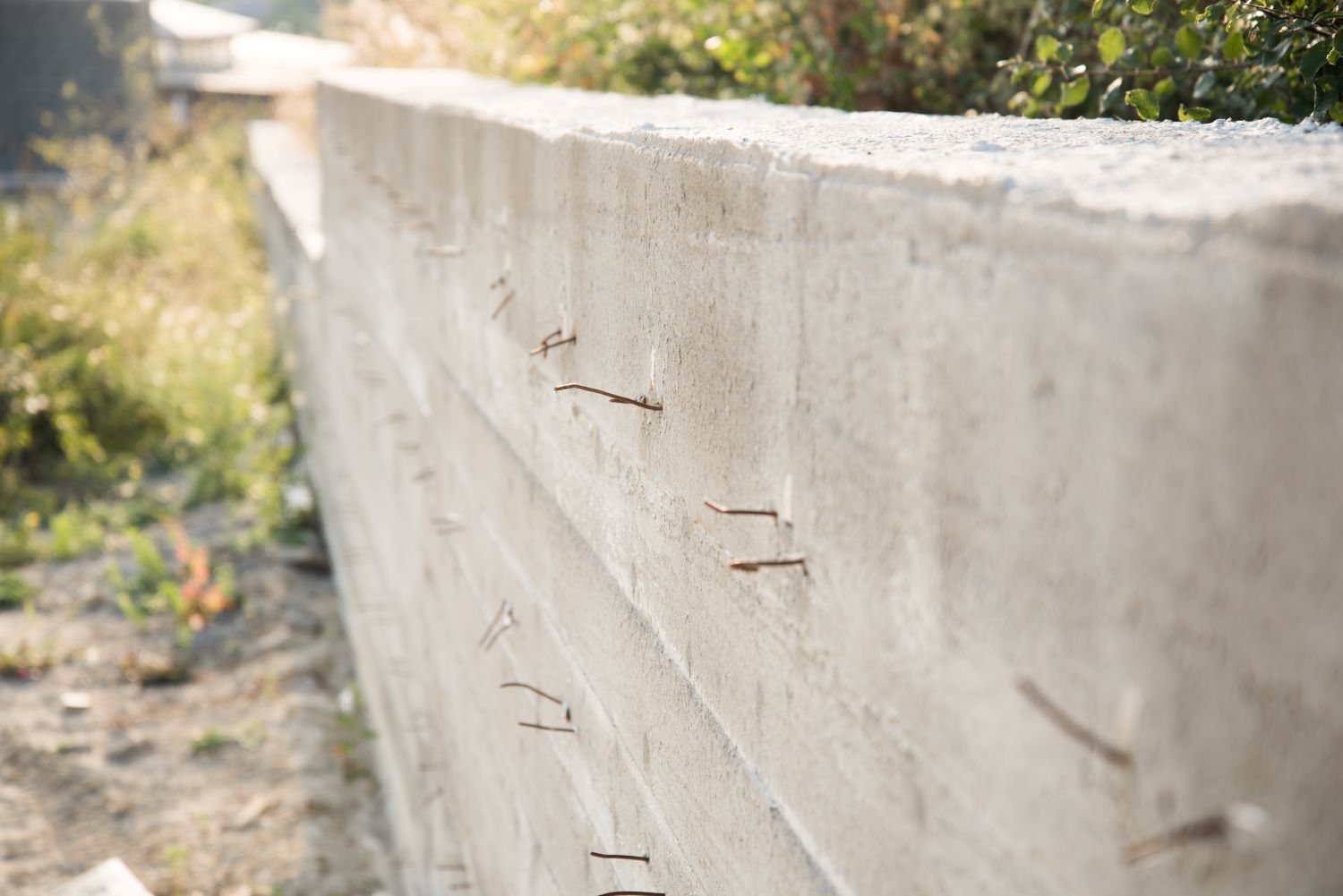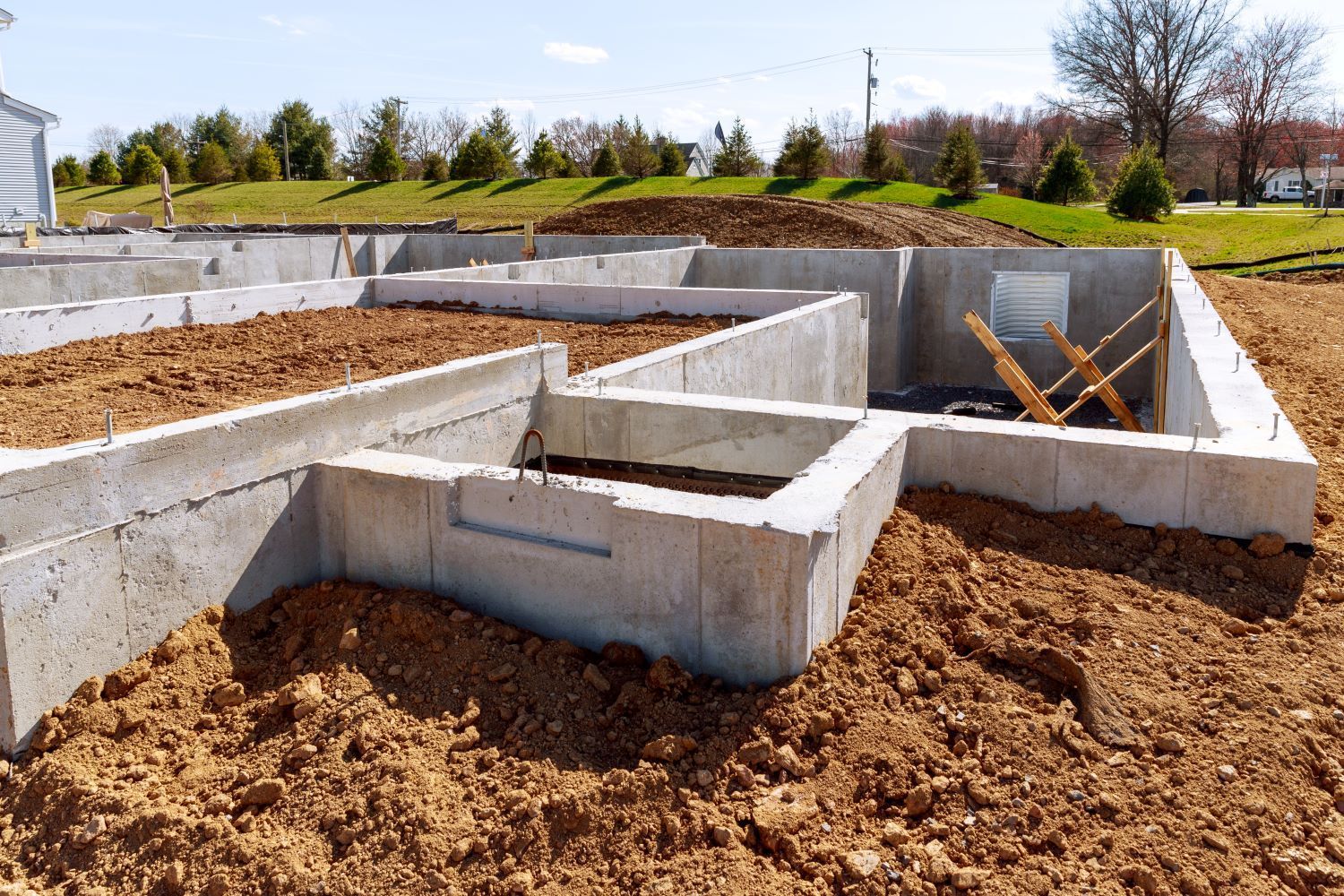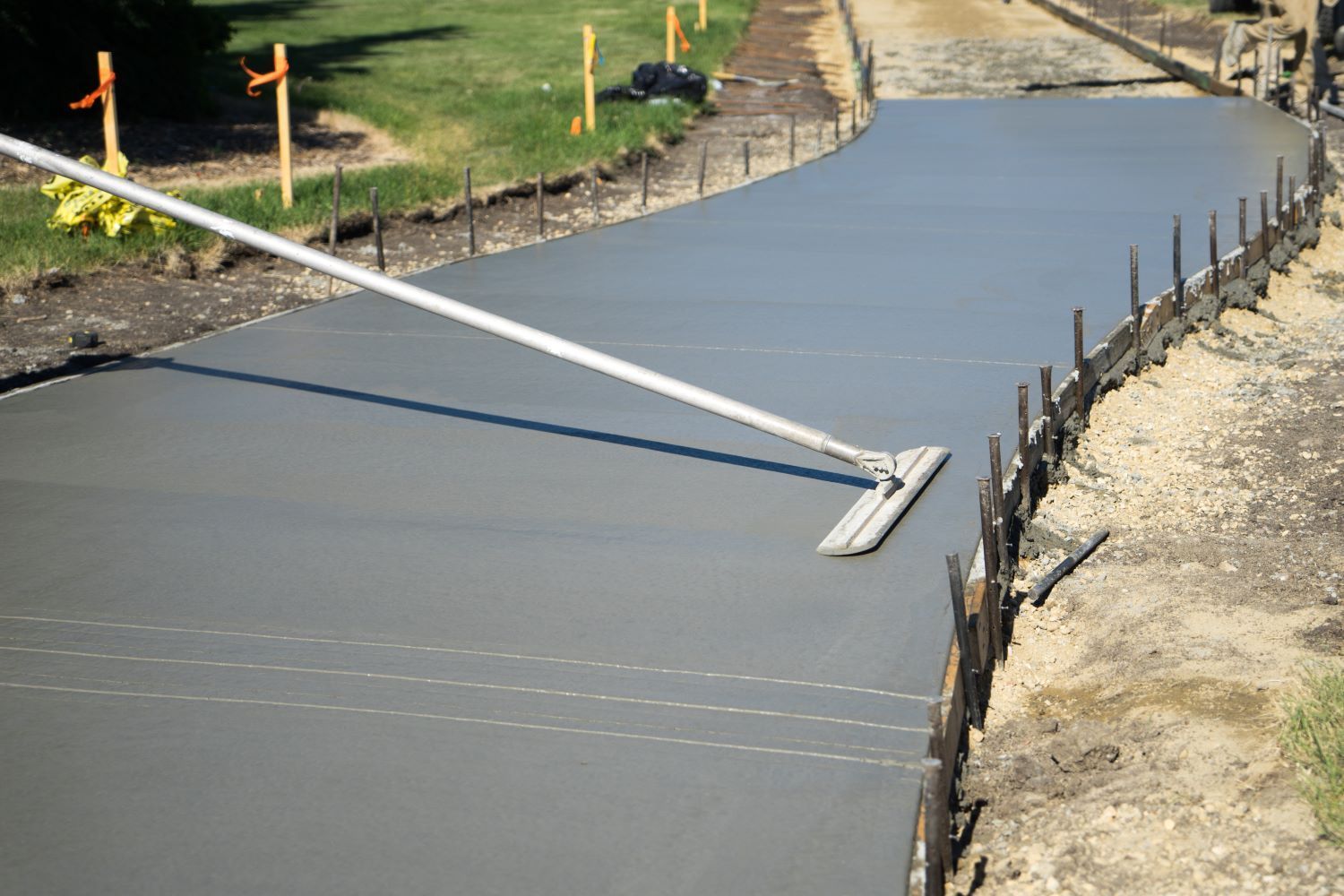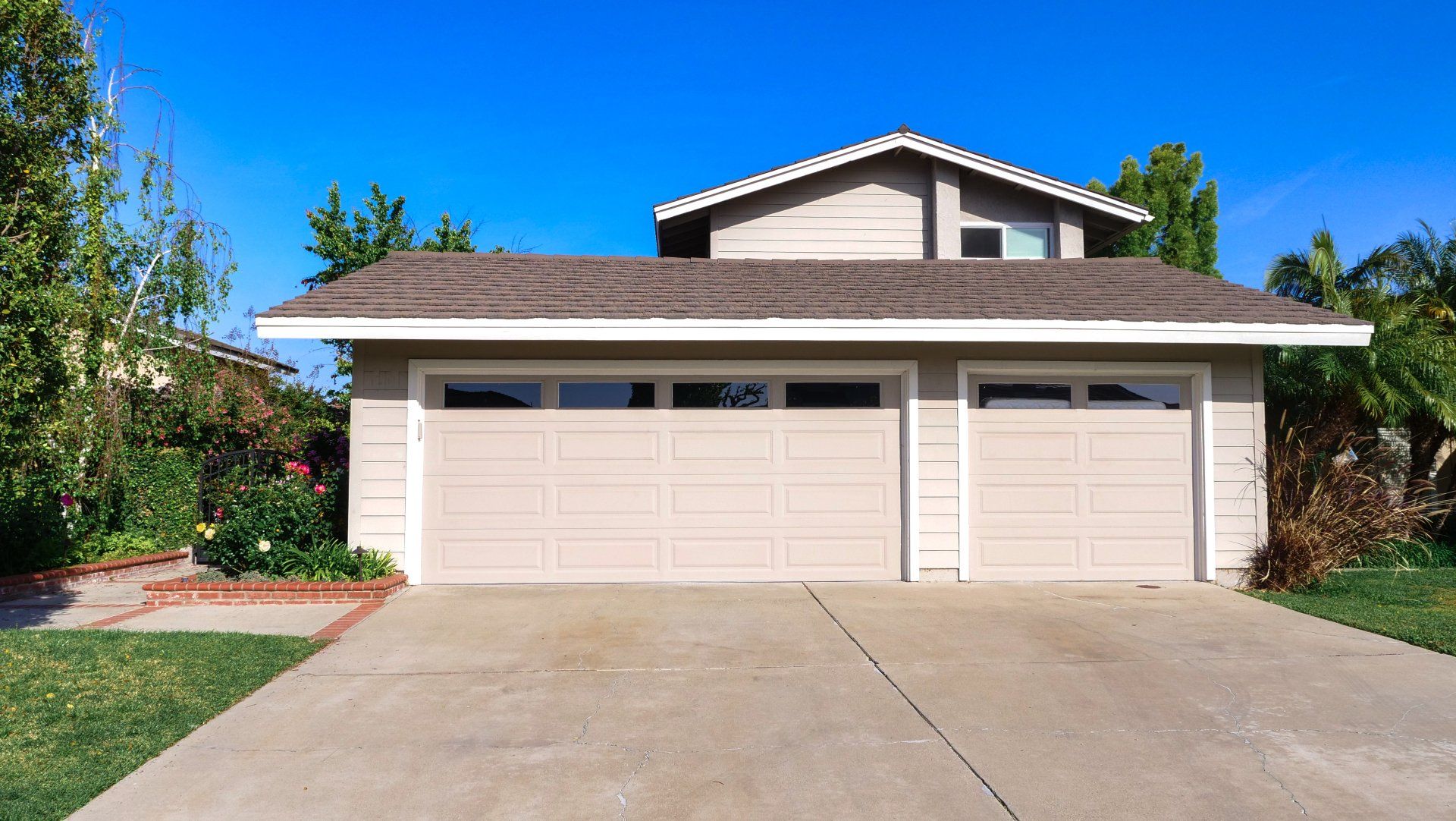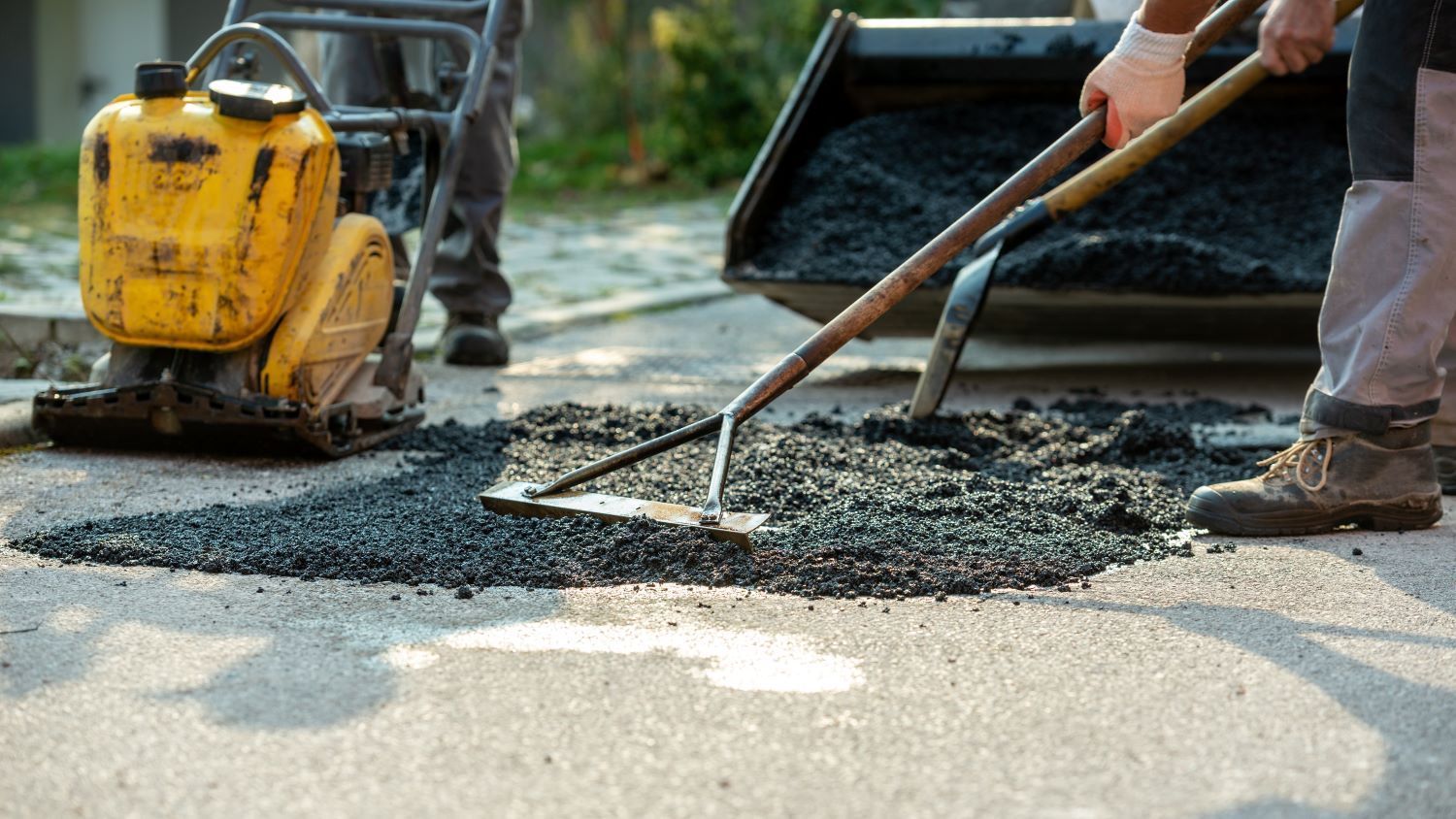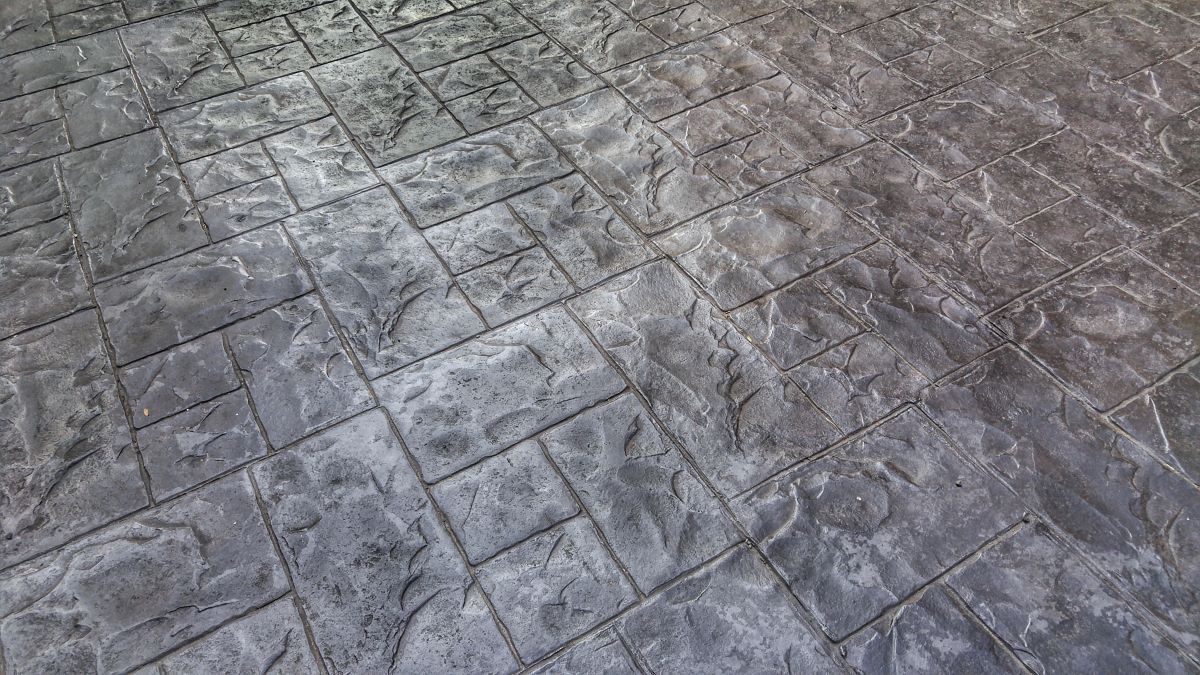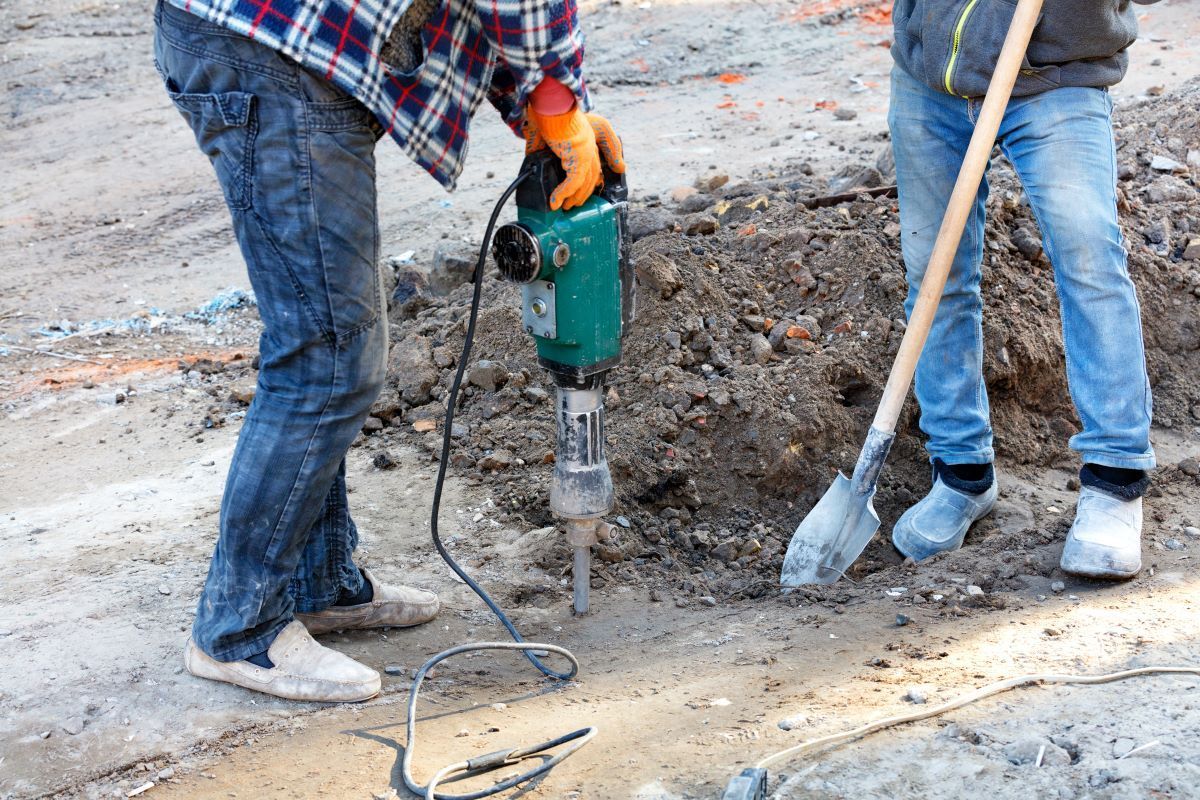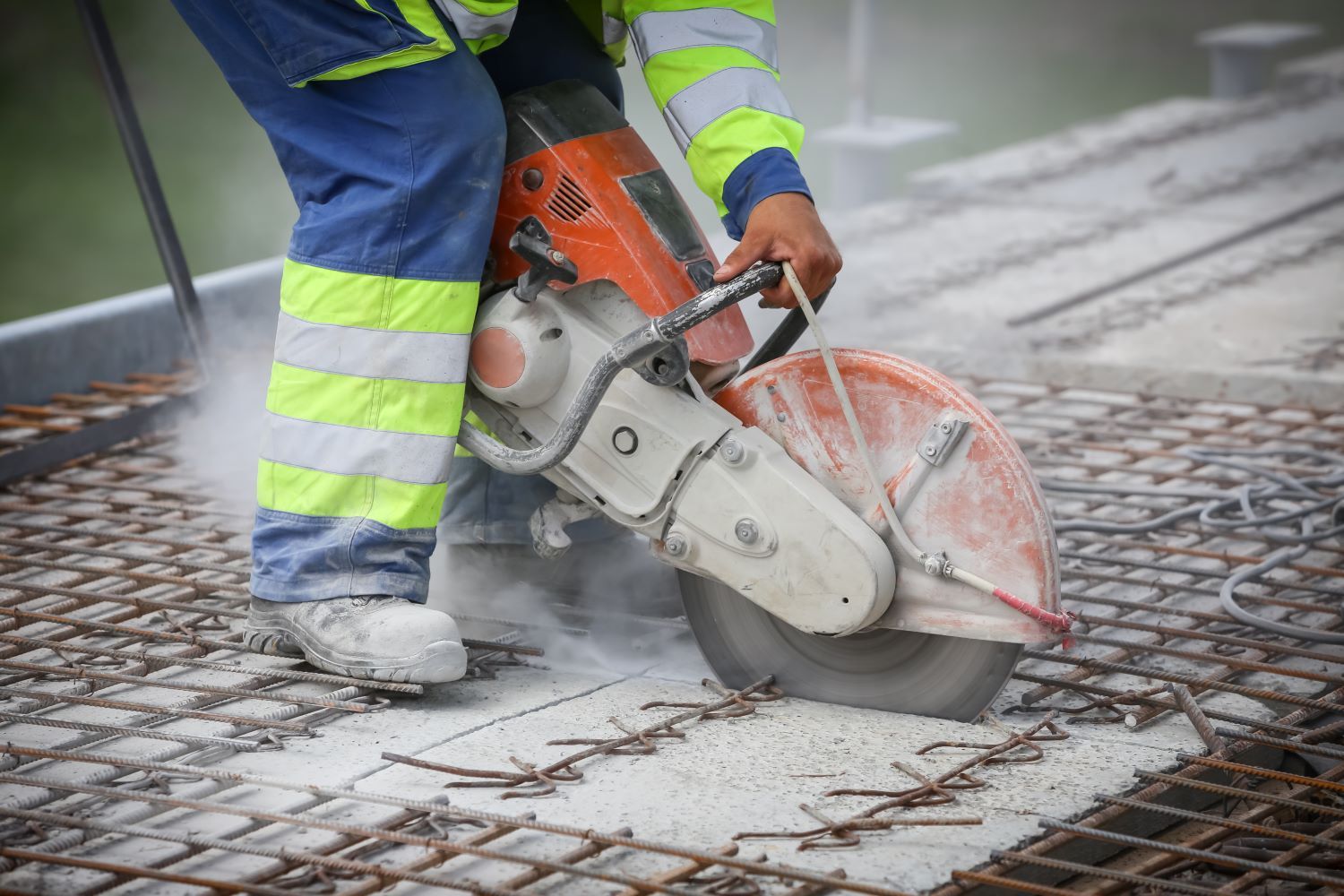How to Seal Stamped Concrete for Maximum Protection

Stamped concrete is a popular choice for homeowners in St. John’s, Newfoundland, who want the look of natural stone, brick, or tile without the high cost. It’s durable, versatile, and adds beauty to patios, walkways, driveways, and pool decks. However, like any outdoor surface, stamped concrete is exposed to the elements, making proper sealing essential. A quality seal not only protects your investment but also keeps your stamped concrete looking fresh and vibrant for years.
Why Sealing Stamped Concrete Matters
Stamped concrete is designed to withstand wear, but it’s still vulnerable to damage if left unprotected. Sealing offers several benefits:
- Moisture Resistance: Newfoundland’s wet and snowy climate can cause water to seep into unsealed concrete, leading to cracks when it freezes. Sealing blocks moisture absorption.
- Stain Protection: A sealed surface is less likely to absorb oil, grease, or spills from outdoor cooking and entertaining.
- Enhanced Color and Finish: Sealers bring out the richness of the stamped pattern and can give a glossy or matte finish, depending on your preference.
- UV Protection: Over time, the sun can fade colored stamped concrete. A UV-resistant sealer helps preserve the original look.
- Longevity: Sealed concrete is less prone to chipping, cracking, and surface wear.
When to Seal Stamped Concrete
New stamped concrete should be sealed once it has cured—typically 28 days after installation. After that, resealing every 2–3 years is recommended, depending on weather conditions and foot traffic. High-use areas, like driveways, may need sealing more often.
Steps to Seal Stamped Concrete for Maximum Protection
- Clean the Surface
Start by sweeping and washing the concrete with a mild detergent or power washer to remove dirt, grease, and debris. Allow it to dry completely before applying sealer. - Choose the Right Sealer
There are two main types of sealers:
- Acrylic Sealers: Affordable, easy to apply, and available in water- or solvent-based options. They’re great for enhancing color.
- Polyurethane or Epoxy Sealers: More durable and resistant to chemicals and abrasions but require professional application.
- Apply the Sealer Evenly
Using a sprayer or roller, apply a thin, even coat. Avoid over-applying, as this can cause bubbling or cloudiness. - Allow Proper Drying Time
Most sealers need at least 24 hours to cure before you can walk on the surface, and 48–72 hours before heavy use, such as driving on a stamped driveway. - Regular Maintenance
Sweep regularly, wash occasionally, and reseal as needed to keep your stamped concrete protected and looking its best.
Professional Sealing in St. John’s
While some homeowners attempt DIY sealing, hiring a professional ensures even coverage, proper product selection, and long-lasting results. Professionals also know how to prepare the surface and apply the right type of sealer for Newfoundland’s unique climate.
Final Thoughts
Stamped concrete is a valuable investment that can enhance your home’s beauty and functionality. By sealing it properly, you’ll protect it against moisture, stains, UV rays, and everyday wear. With the right care, your stamped concrete will maintain its durability and elegance for many years to come.
If you need expert stamped concrete sealing in St. John’s, Concrete Contractor St. Johns is here to help. Our team uses high-quality sealers and proven techniques to ensure maximum protection and a flawless finish for your surfaces.
